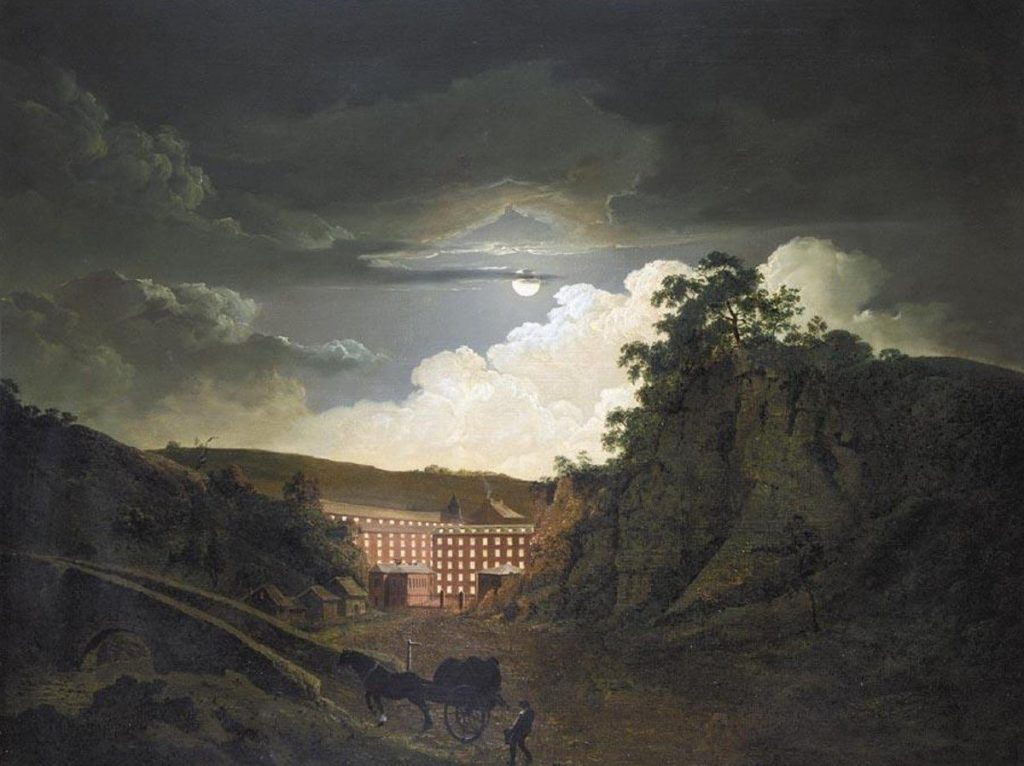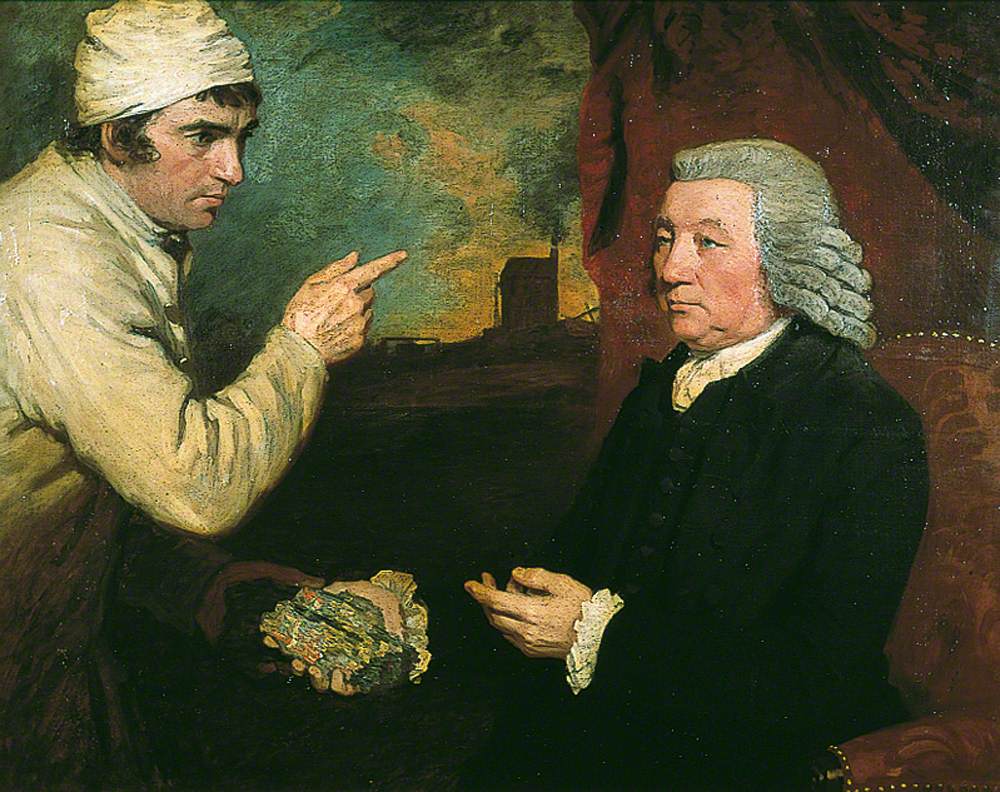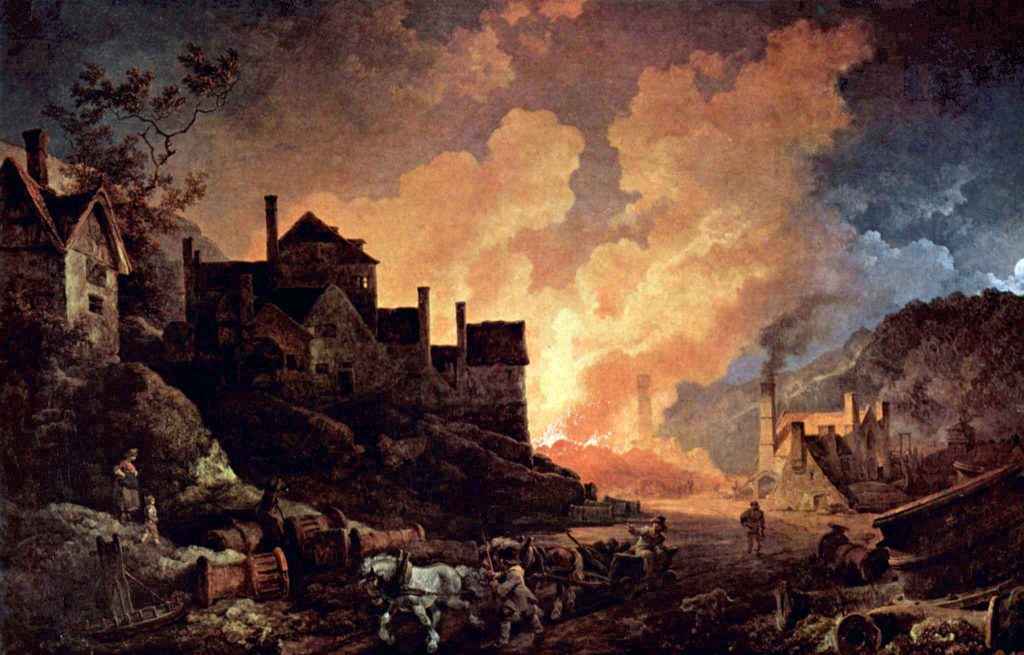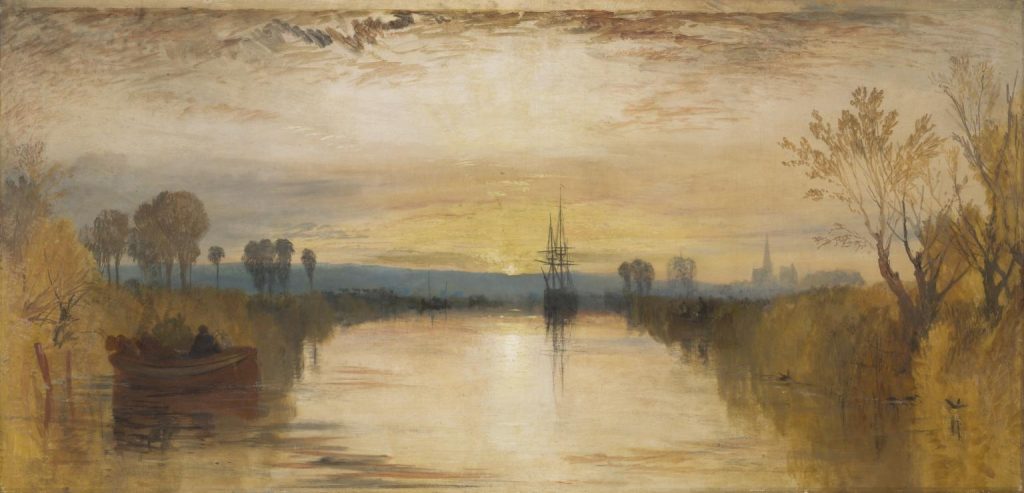The Downfall of the Mighty Lydian King Candaules in Art
Suppose you are not satisfied with any of the historical or fantasy dramas out there lately where all kinds of slander, deception, and politicking...
Erol Degirmenci 2 March 2023
Art and industry may sound like an unlikely combination, usually we see them almost at the extremes of the spectrum of life. That is to say, Art embodies creativity while industry channels efficiency and standardization. David Stacey, in his book Art and Industry Seven Artists in Search of an Industrial Revolution in Britain, explores how those extremes can come together. He focuses on a very special period in history known as the Industrial Revolution that took place in the UK between 1760 and 1840 (that was obviously the first one, we’re now at the 4th). If you want to find out how art and industry are connected, back then read on.

David Stacey is an independent art historian. He graduated with a degree in Engineering Science from the University of Oxford and has a postgraduate degree in The History of Art from Birkbeck College, University of London. This book allowed him to combine both those areas of interest, art and industry.
Stacey focuses on the period between 1780 and 1830, and paintings that revolved around the industry, which was developing exponentially in the UK at that time. He organized his book into seven essays, each devoted to a different artist. We meet here both the very well-known masters and more obscure Victorian painters. The list includes Joseph Wright of Derby, John Opie, Philippe-Jacques de Loutherbourg, Penry Williams, William Havell, Joseph Mallord William Turner, and Henry Hawkins.

Each essay considers one artist and one specific branch of the industry rapidly developing in Britain at the time. Stacey usually starts with one focus painting before giving us background information on the industry. He also brings to light the often forgotten personas of major industrialists of the era. The men, for they are only men, put their considerable energy into driving the revolution that, as a result, brought them lots of money. They took risks and reaped rewards, building the new capitalist system. And they wanted recognition for that, so quite often they themselves commissioned the painters in question to document their achievements.
This structure of the essays allows us to achieve a converging view of the life of the artist, their patron, and the changes in industry and society of the time. It brings art out of the museum and back into the real world.

One of the aspects that Stacey is interested in is how the artists reacted to what they saw. Looking from today’s perspective, we know all the costs associated with such a rapid rise of industry. Starting with the demolition of the landscape, through the human cost of expanding labor in heinous conditions, all the way to reshaping the entire social contract through the introduction of capitalism. But what did people, especially arts, think at the time?
Some of them were in awe of the scale of change, happy to applaud the amazing achievements. Others seemed a bit more reluctant. They show it by sneaking into their paintings some of their doubts. For example, regarding the introduction of overnight work (it never happened before industrialization, as farming is directly connected to the cycle of day and year). Or representing a copper mine almost like it is the entrance to Dante’s hell.
Another interesting aspect Stacey mentions is the rise of tourism in industrial locations. It becomes almost an expansion of traveling to admire the landscape. Now people also travel to admire the industrial sites, in awe of their scale and the change they bring. Whether it’s good or bad is another story, as I mentioned.

With such broad and yet specialized subject matter it is difficult to keep an even flow of thought. So some essays are definitely more interesting and effortless while others feel a bit more strained. Also, the decision to combine multiple aspects of the problem: artistic, industrial, social and financial, while providing a well-rounded perspective also prevents an in-depth investigation of any of those. Sometimes it feels more like a history book than an art history book, and I am well aware that the difference is subtle.
The epilogue helps to anchor the subject back in art history by giving us the broader context of representations of work and industry throughout the ages. Certainly, the choice of artists is interesting. From titans like Turner (whose oeuvre includes so many paintings including the industry that they deserved a separate book devoted to the subject, and here we focus on his ‘canal drawings and paintings’.) to painters of whom little is known to this day, like Henry Hawkins.
It certainly is not a book for everyone, given the very specialized subject. But if you are interested in what happened when art met the Industrial Revolution, this is a great introduction.
DailyArt Magazine needs your support. Every contribution, however big or small, is very valuable for our future. Thanks to it, we will be able to sustain and grow the Magazine. Thank you for your help!